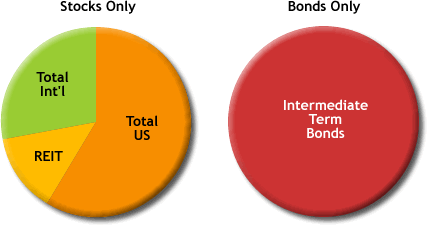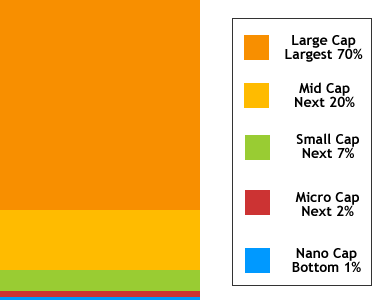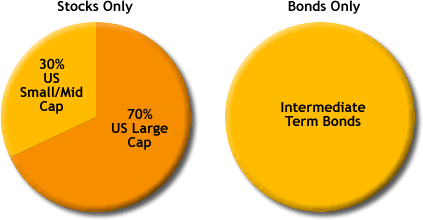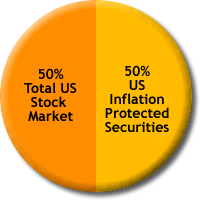Most of us have heard of GetHuman.com, which offers people directions on navigating phone trees or direct-access phones numbers in order to reach a live person. Now a new service by NoPhoneTrees.com takes this one (small) step further.
After verifying your phone number, the website will call a service provider and navigate the phone tree for you. All you have to do is pick up when they call and you’re already on hold for the operator. I just tried this with one of my Citibank cards and it worked as advertised, saving me an entire 15 seconds 😉 Unfortunately, it doesn’t wait on hold for you and call you when someone actually picks up – I am guessing the lag time would be too great and the customer service rep would probably just hang up. Bummer – that would be cool.





 The Motley Fool used to be a great resource for investing, espousing index funds and low-cost investing, but it is gradually becoming just a factory that churns out stock tip newsletters. Last January, they made some
The Motley Fool used to be a great resource for investing, espousing index funds and low-cost investing, but it is gradually becoming just a factory that churns out stock tip newsletters. Last January, they made some  The Best Credit Card Bonus Offers – March 2024
The Best Credit Card Bonus Offers – March 2024 Big List of Free Stocks from Brokerage Apps
Big List of Free Stocks from Brokerage Apps Best Interest Rates on Cash - March 2024
Best Interest Rates on Cash - March 2024 Free Credit Scores x 3 + Free Credit Monitoring
Free Credit Scores x 3 + Free Credit Monitoring Best No Fee 0% APR Balance Transfer Offers
Best No Fee 0% APR Balance Transfer Offers Little-Known Cellular Data Plans That Can Save Big Money
Little-Known Cellular Data Plans That Can Save Big Money How To Haggle Your Cable or Direct TV Bill
How To Haggle Your Cable or Direct TV Bill Big List of Free Consumer Data Reports (Credit, Rent, Work)
Big List of Free Consumer Data Reports (Credit, Rent, Work)